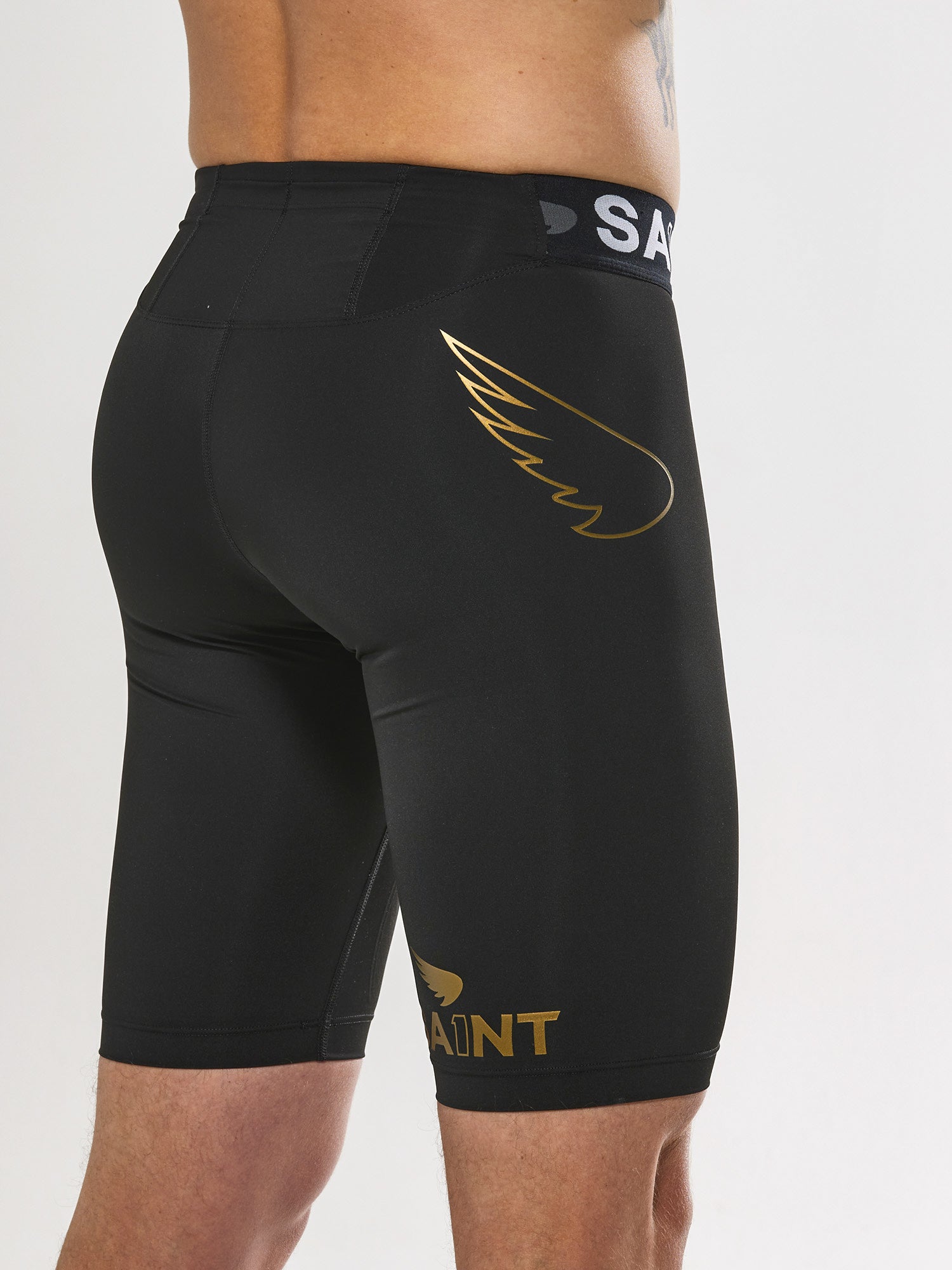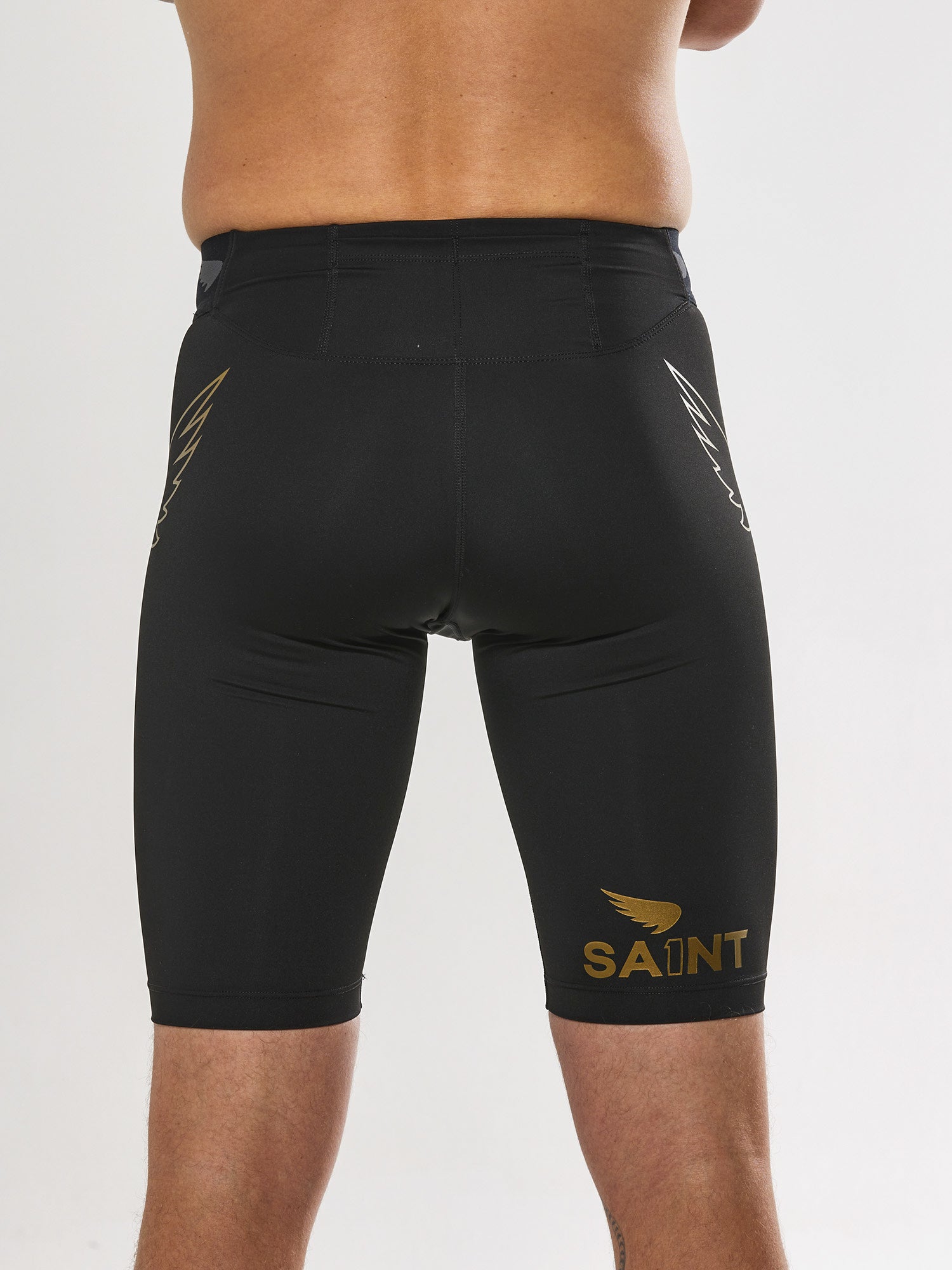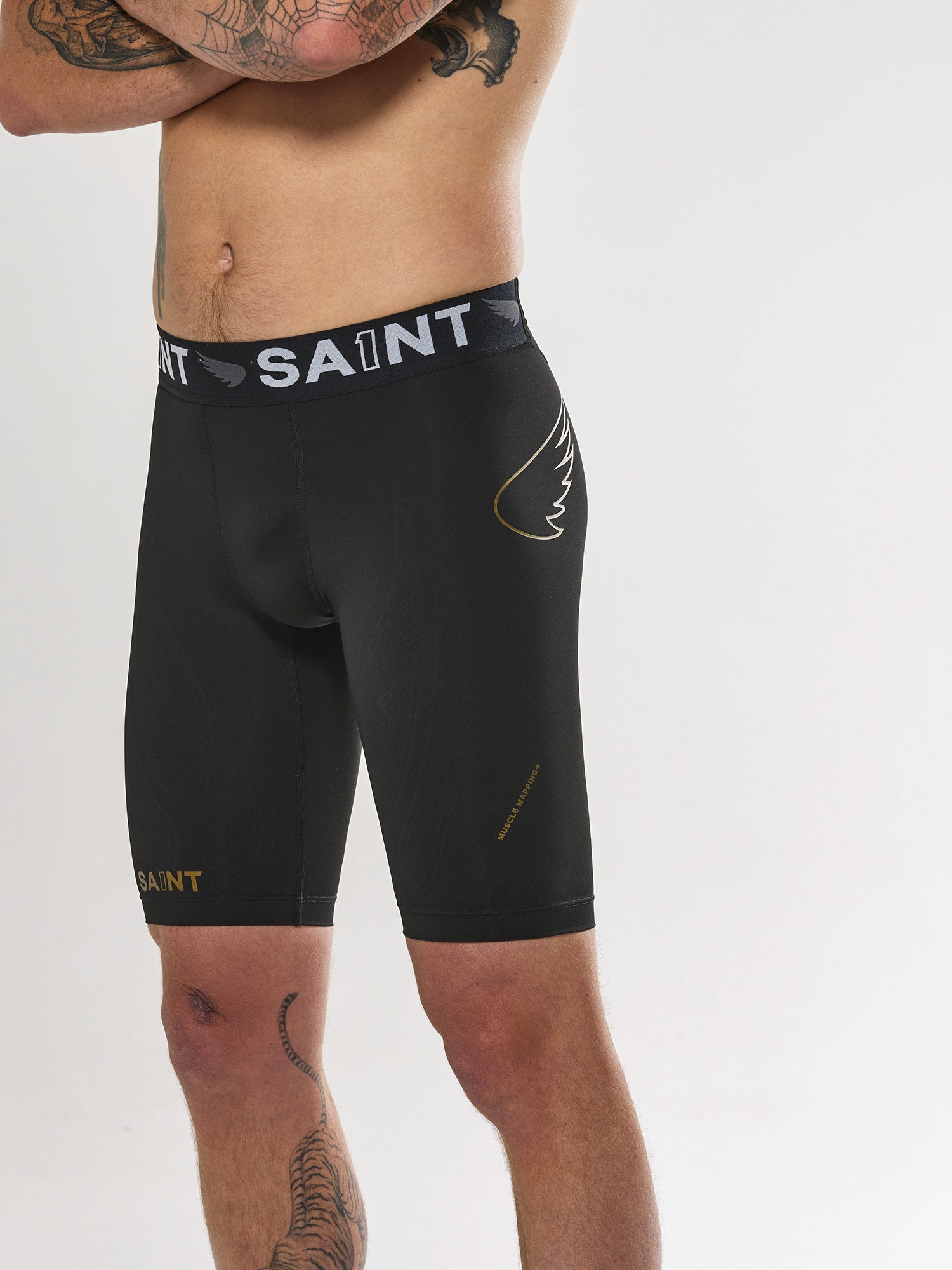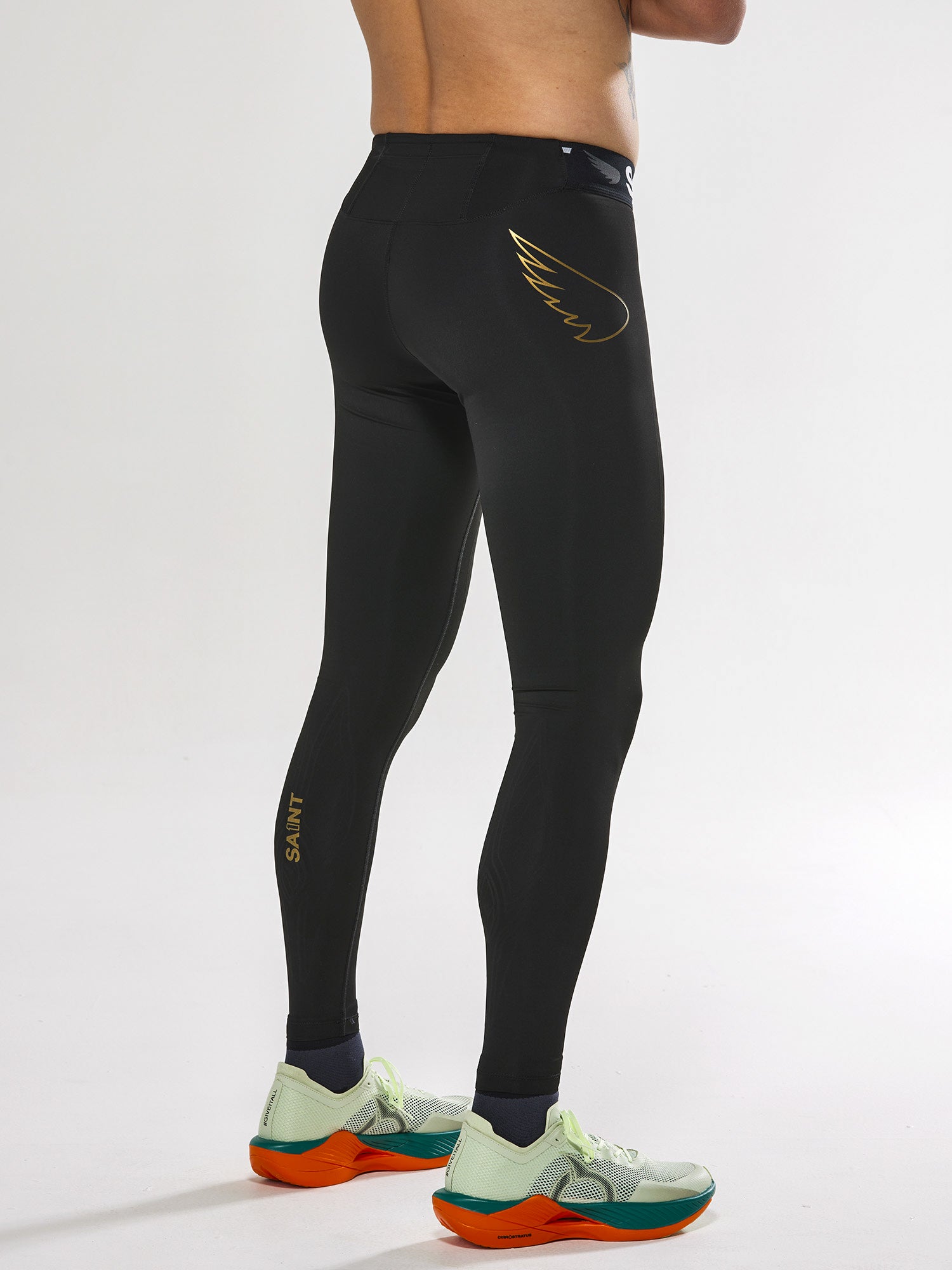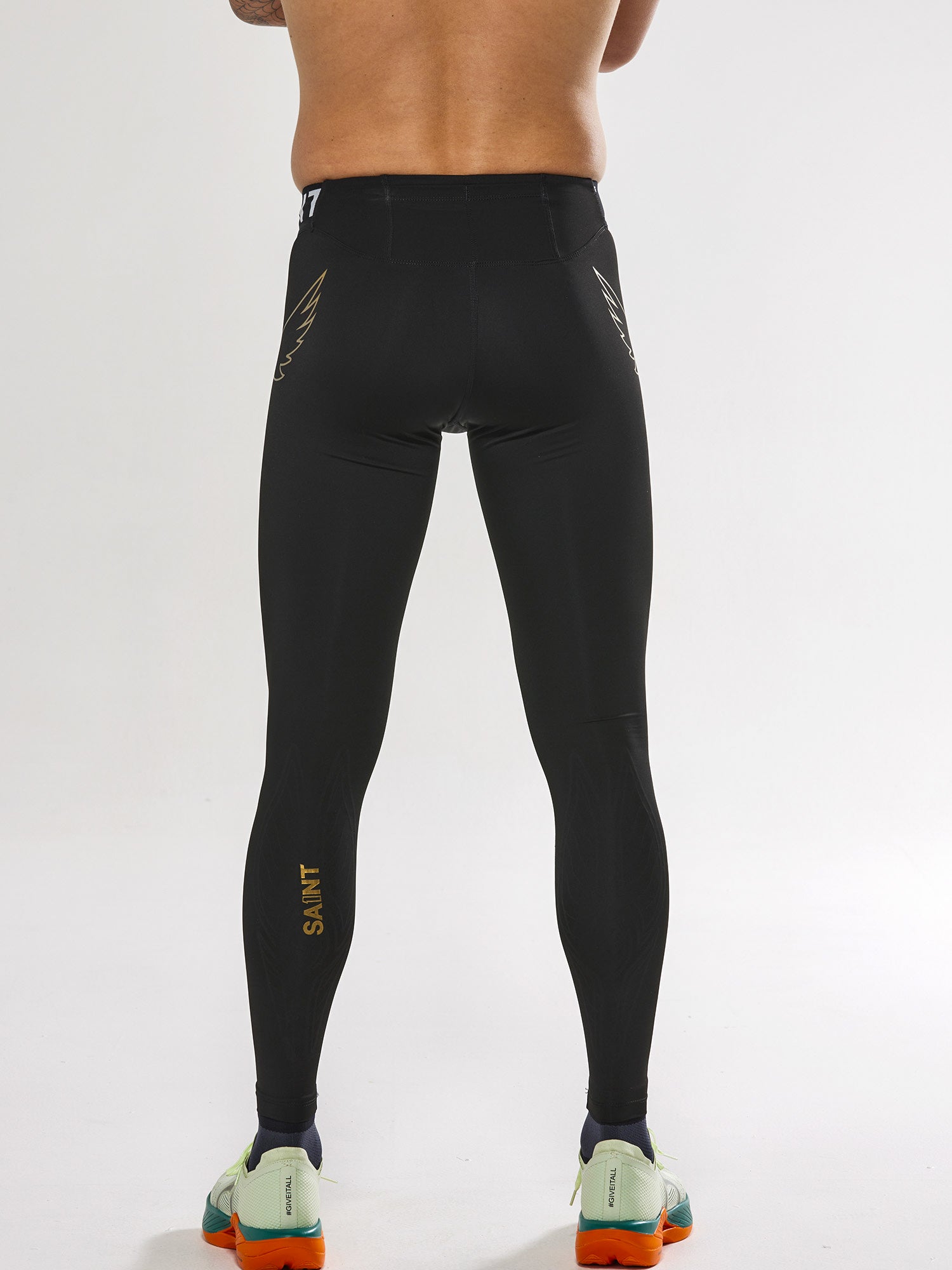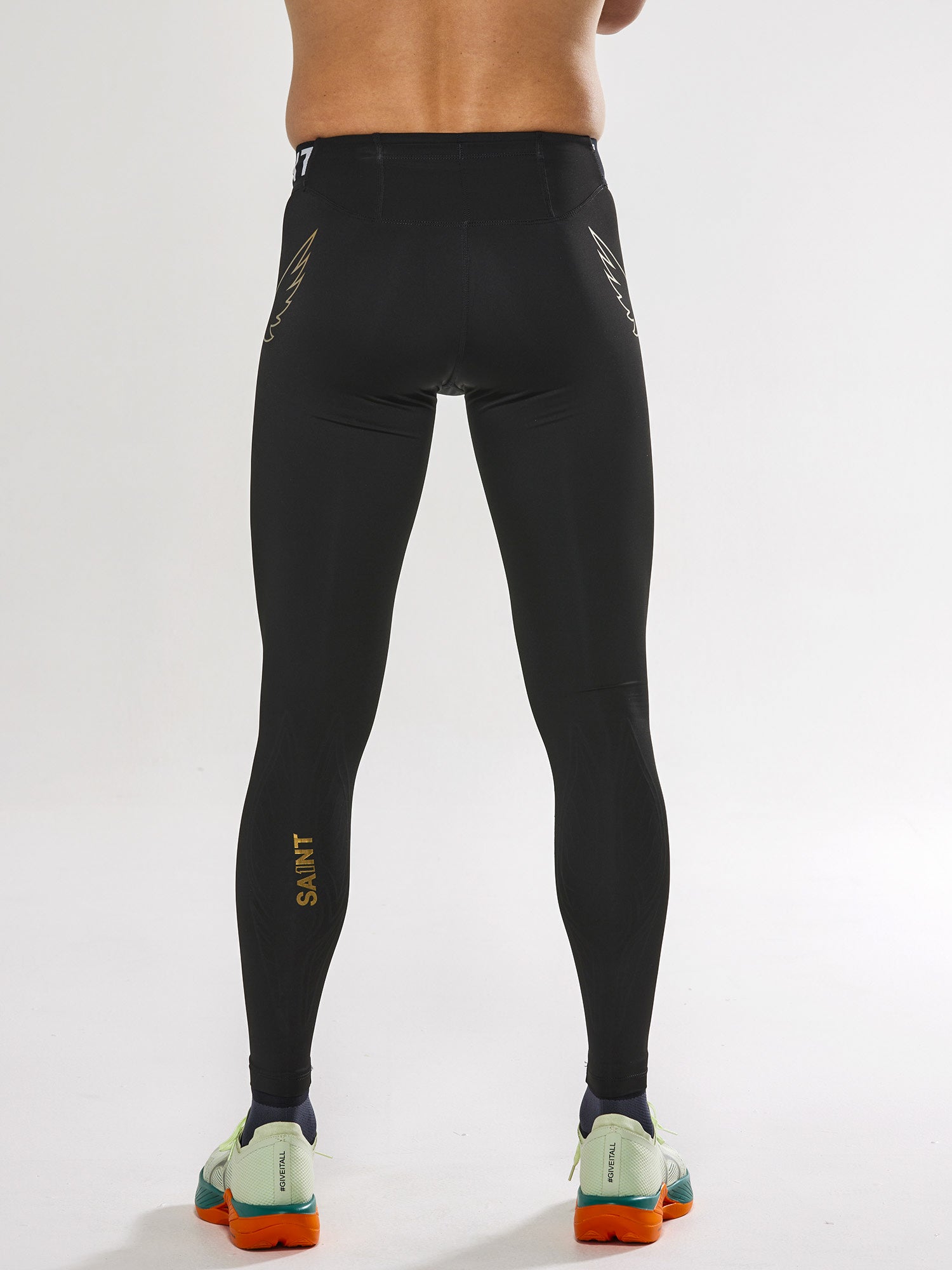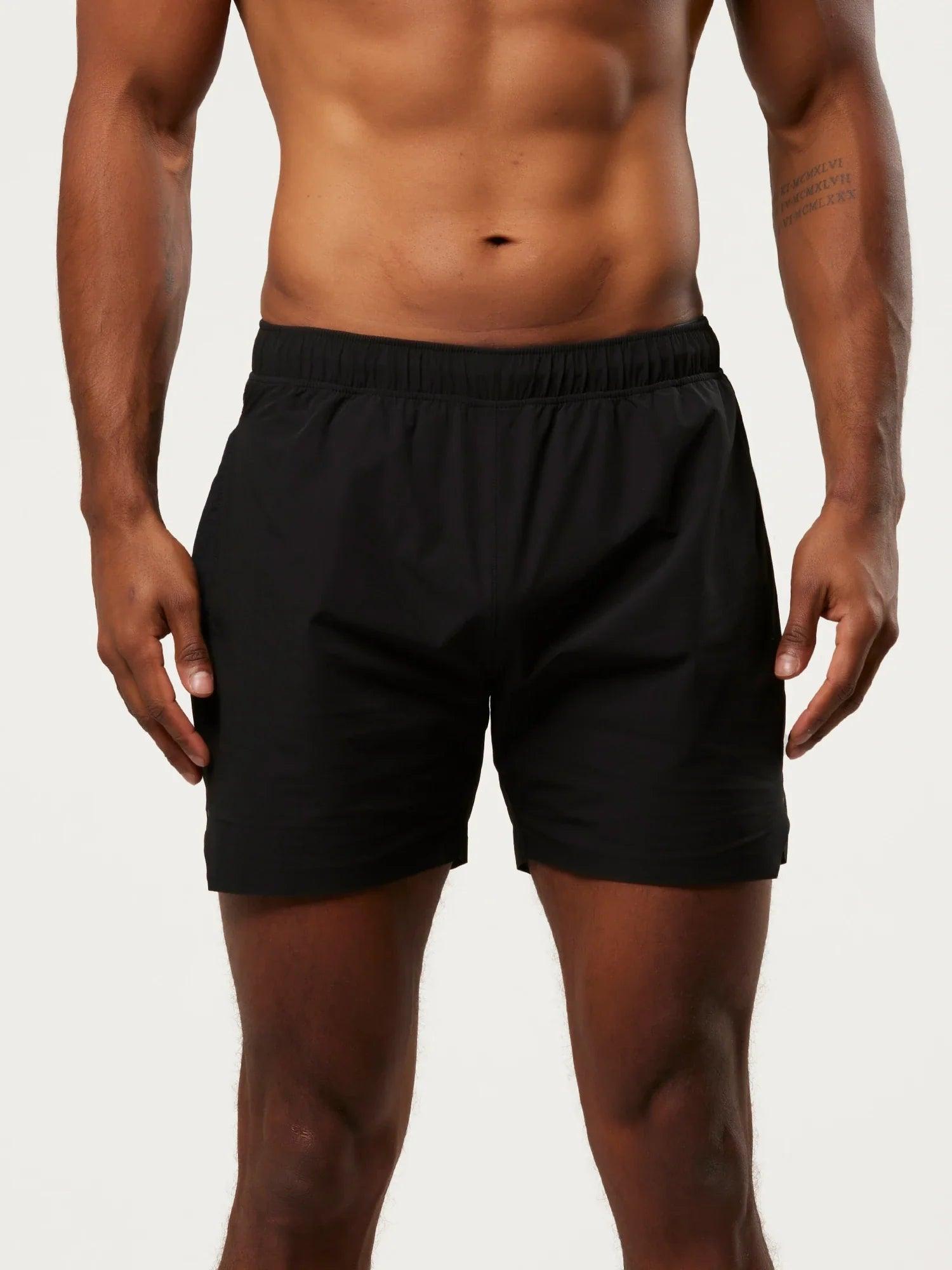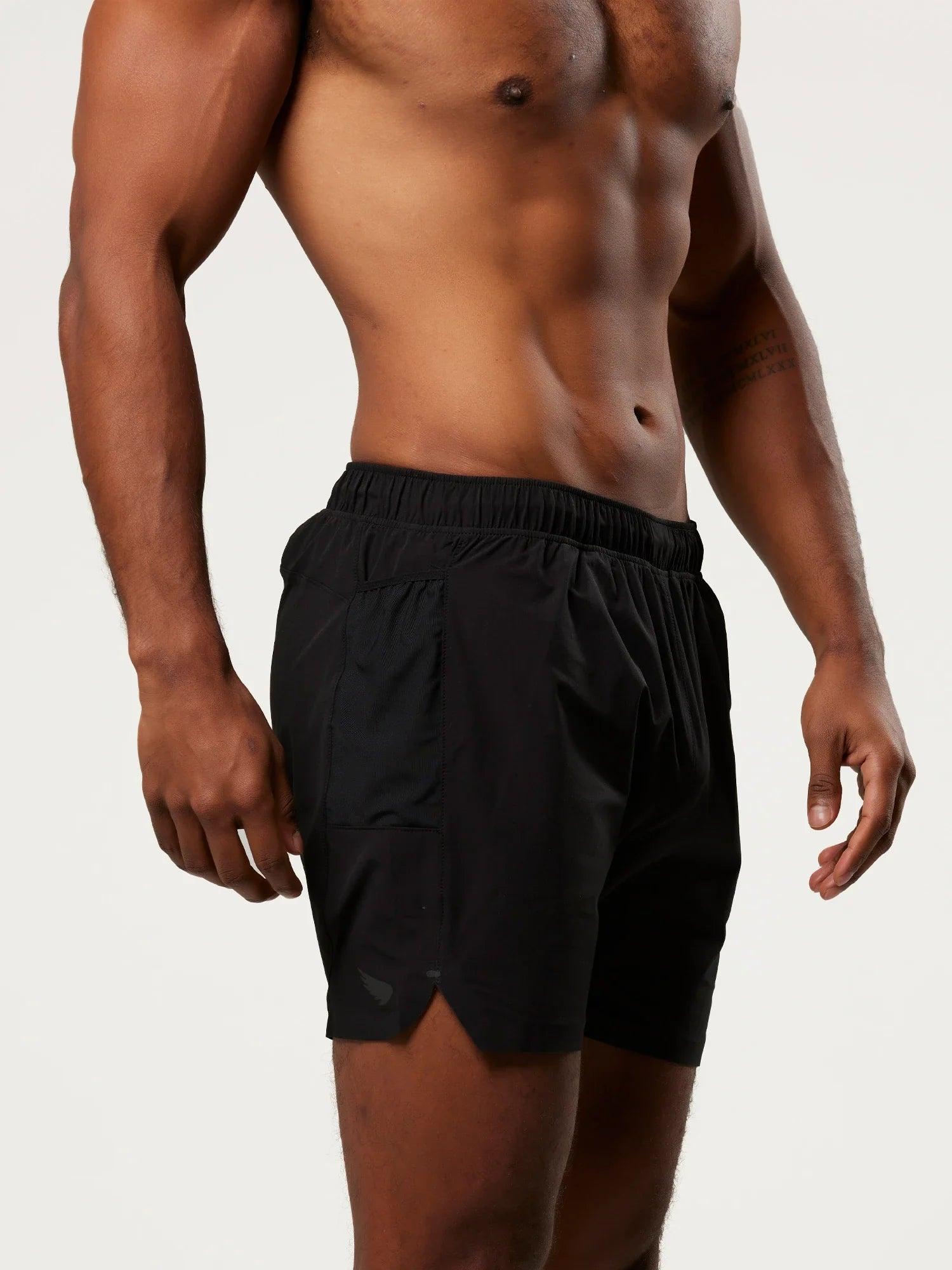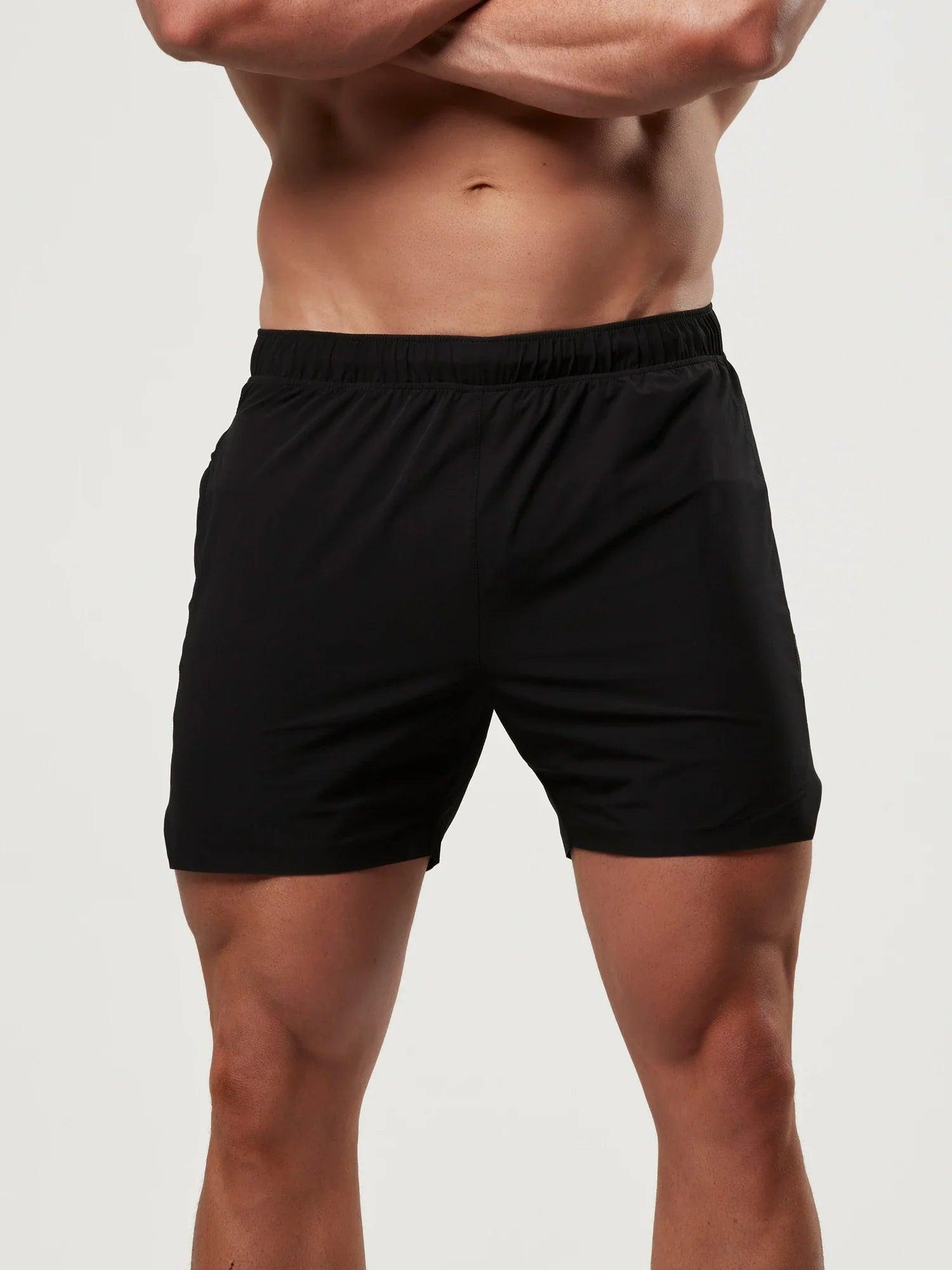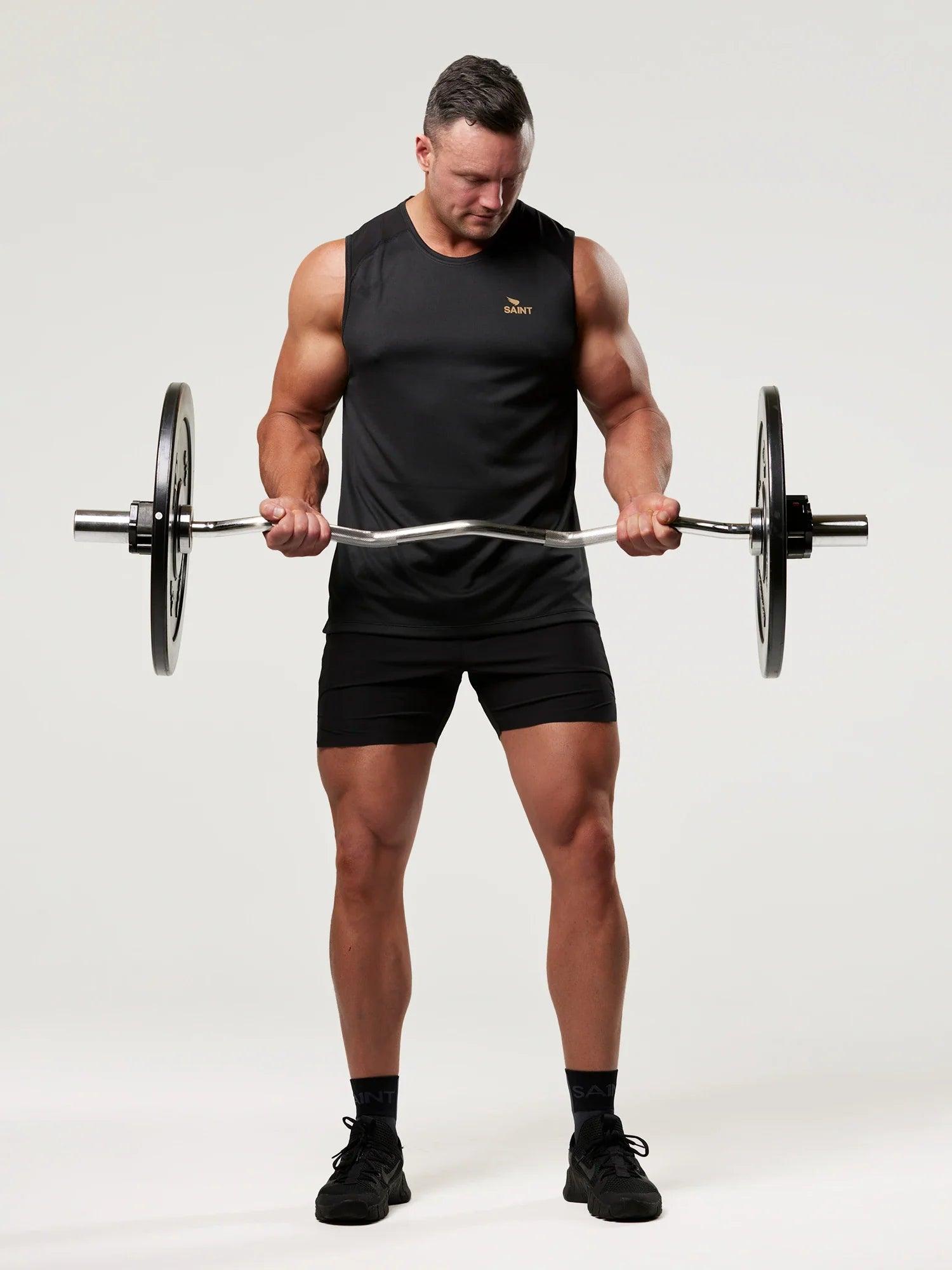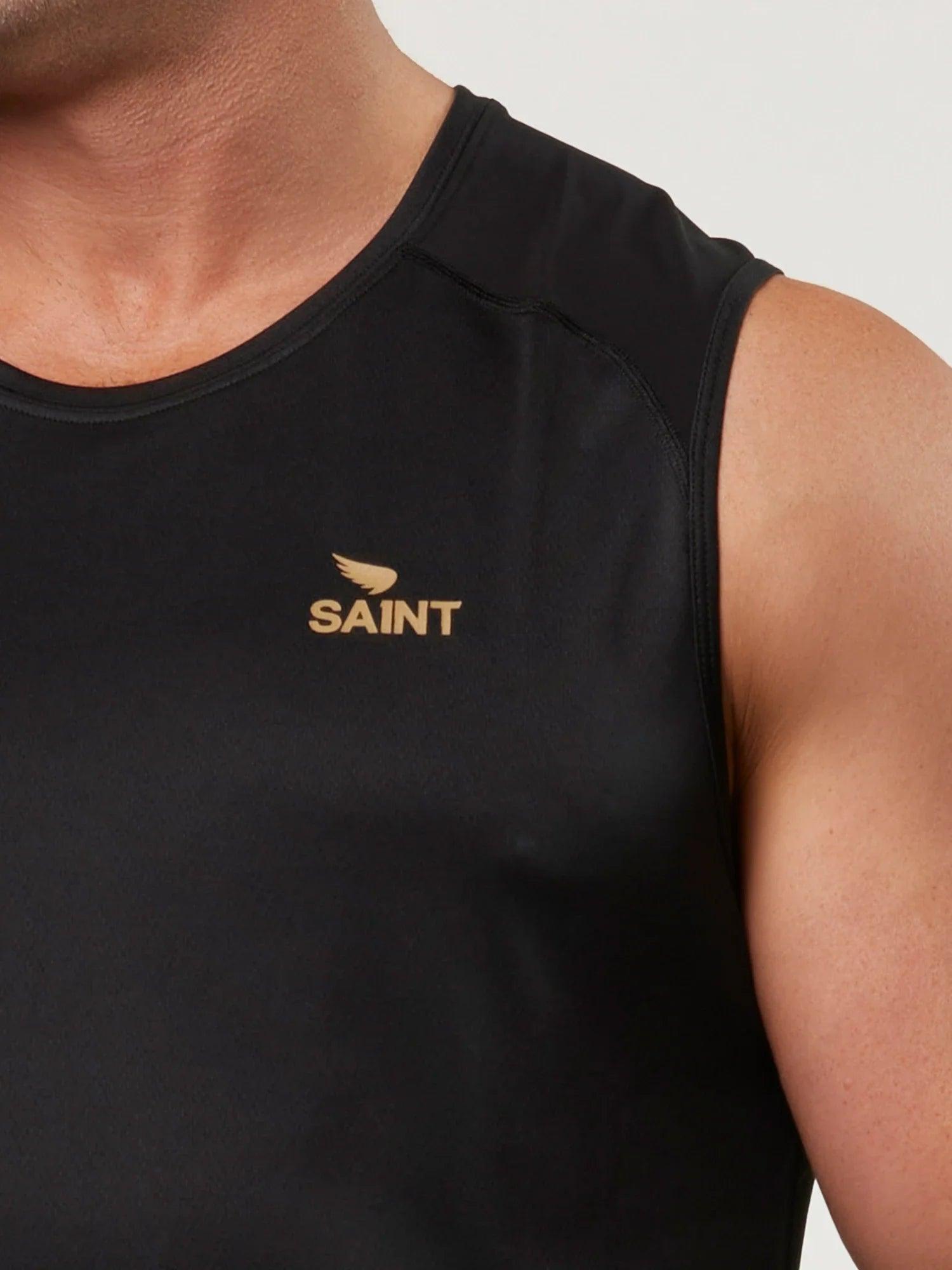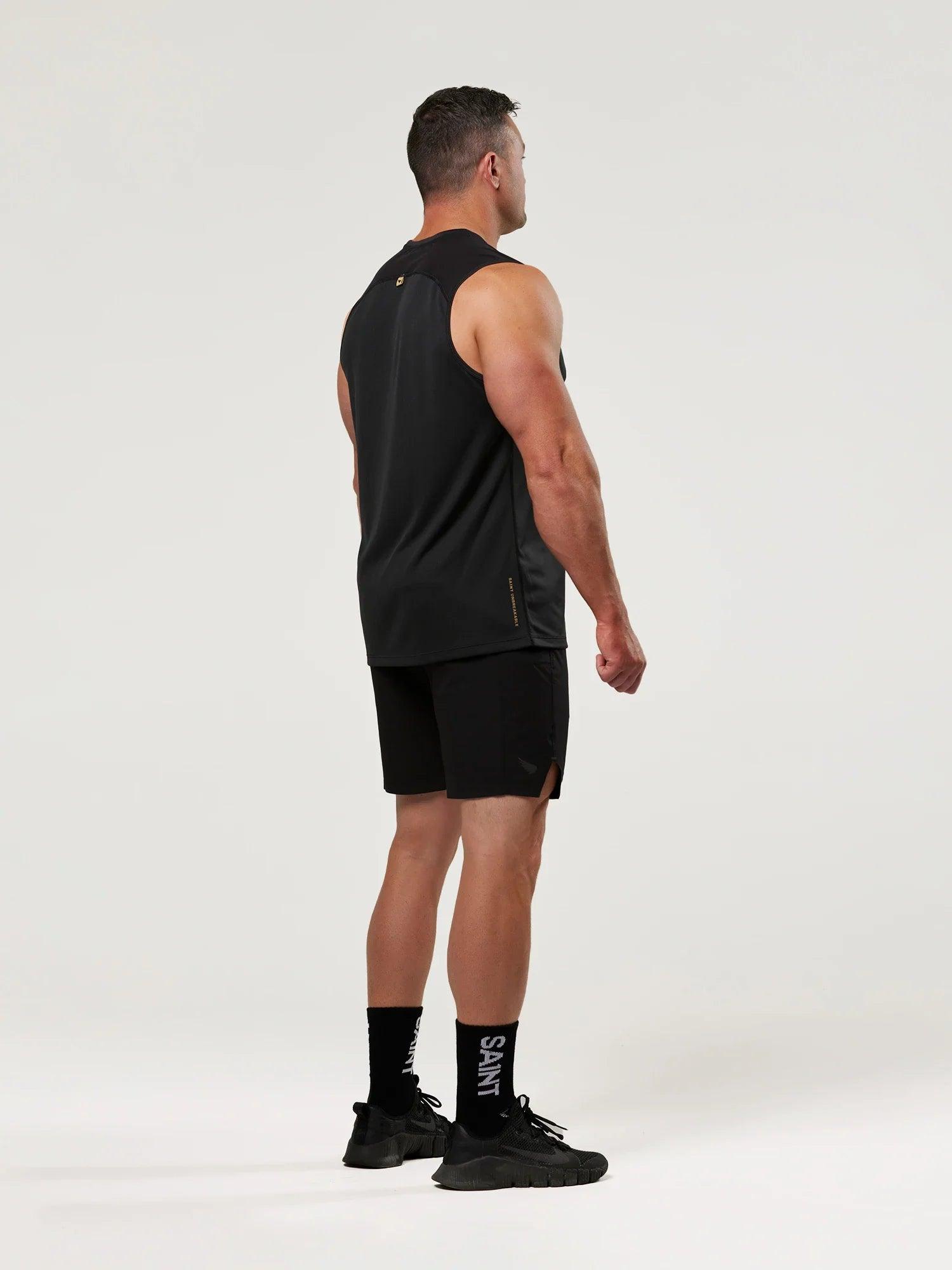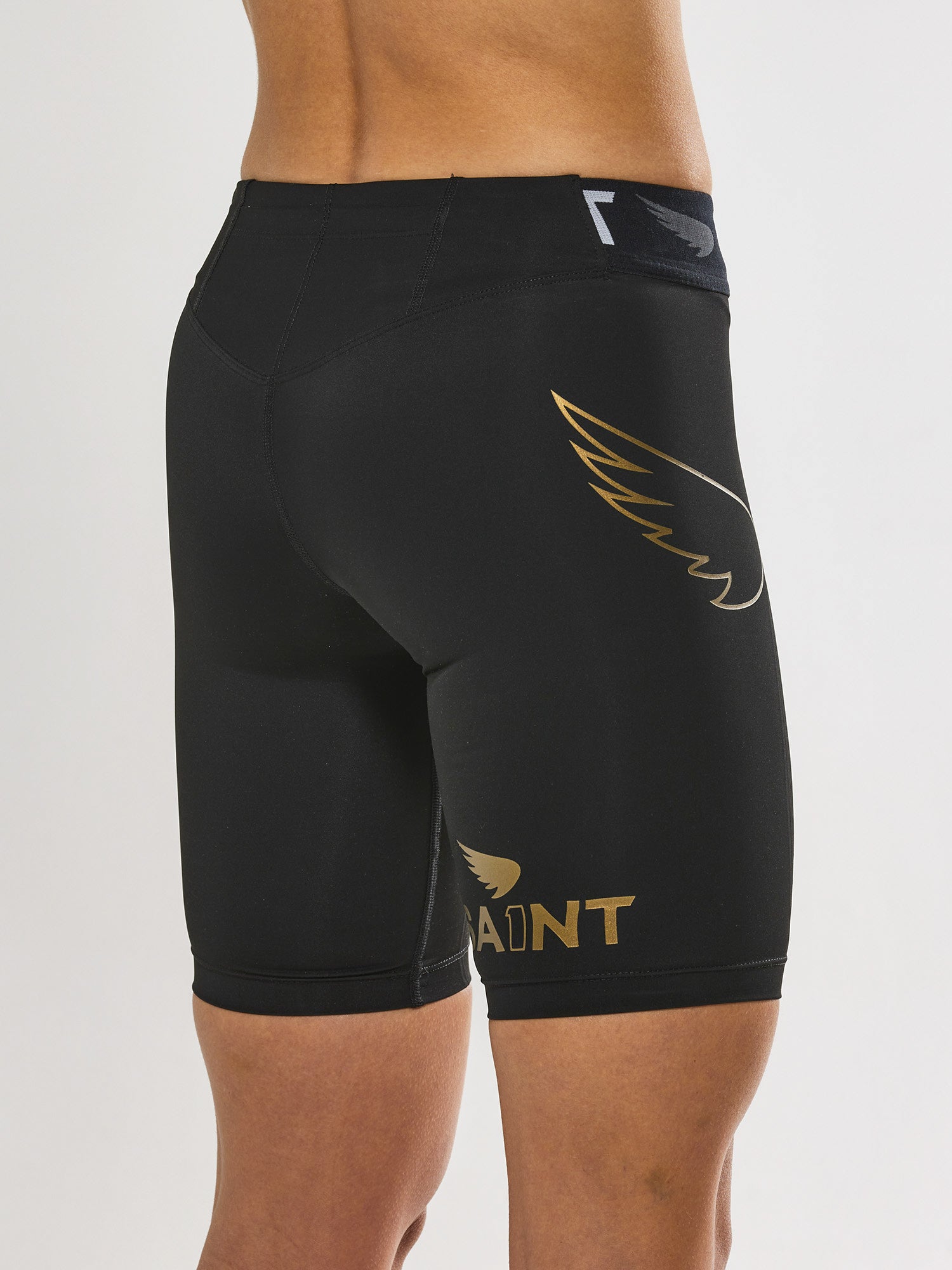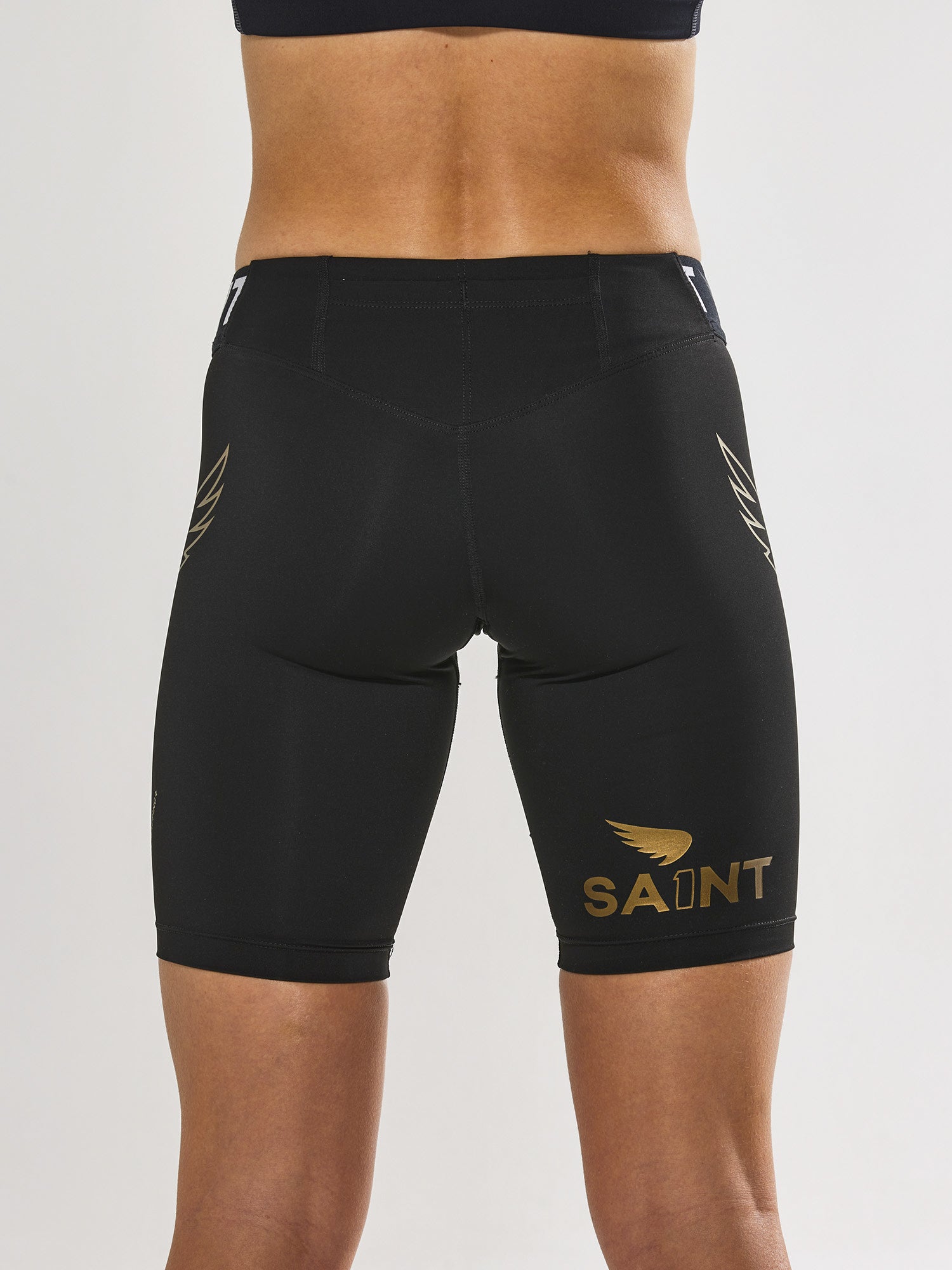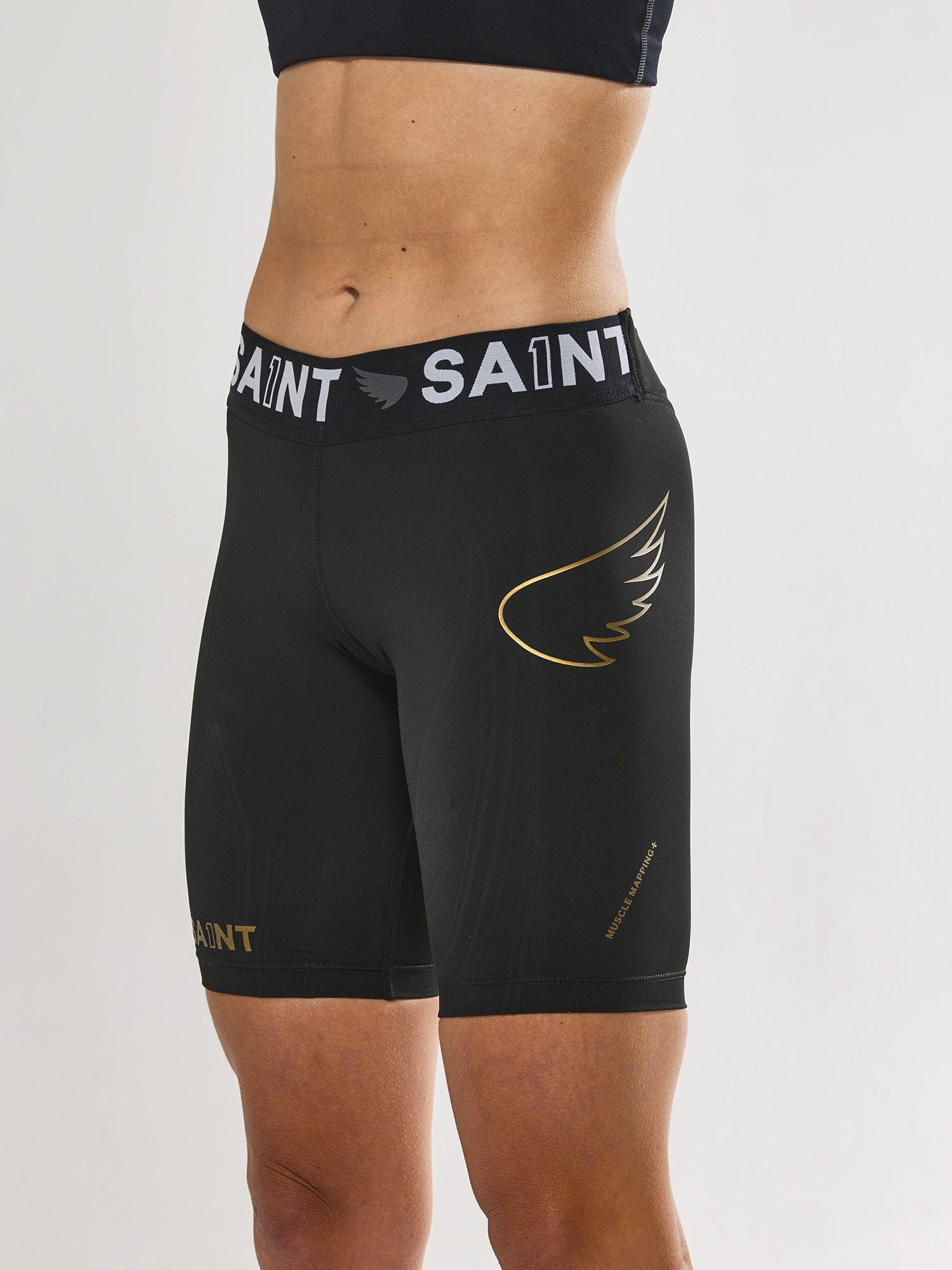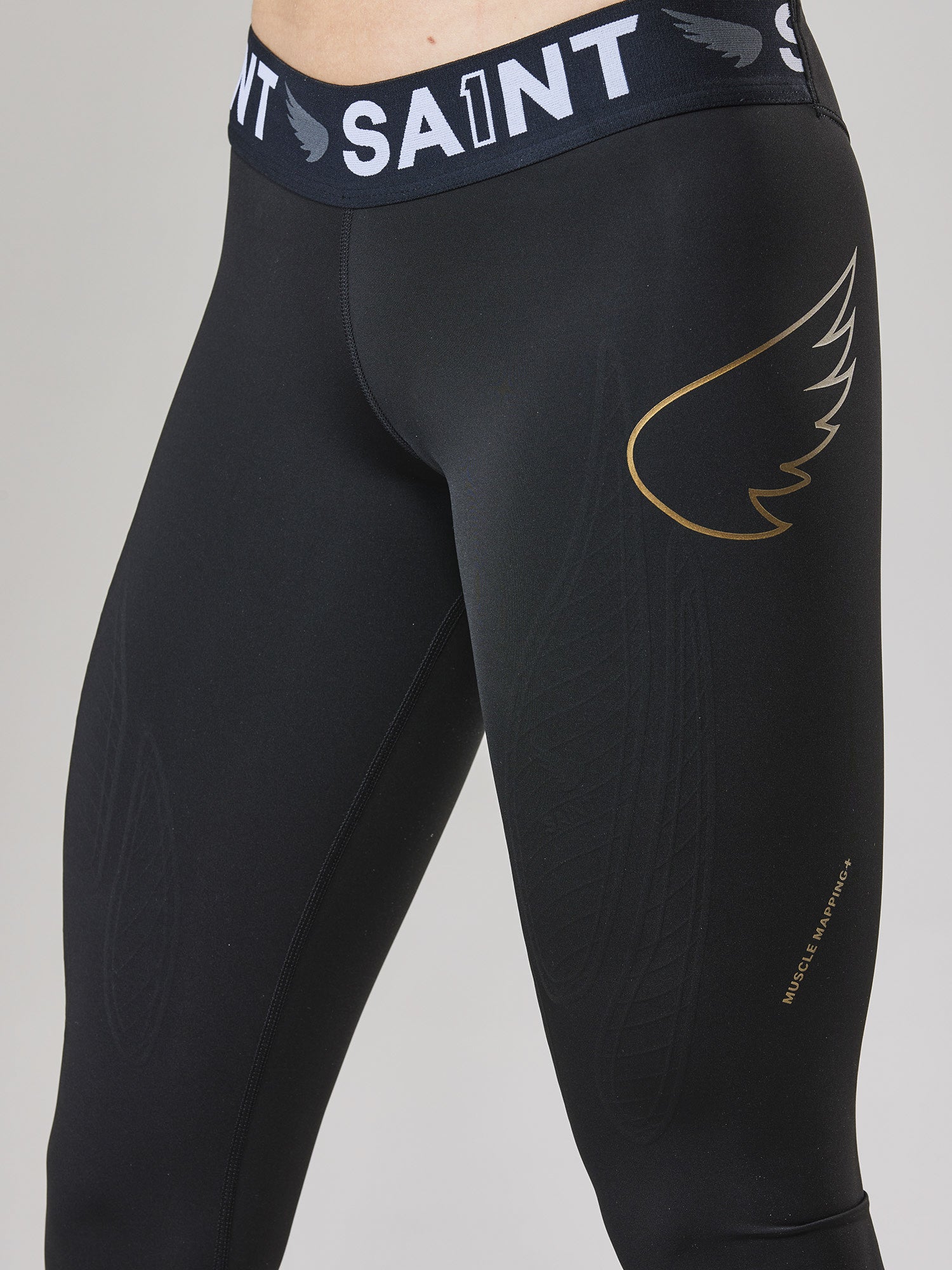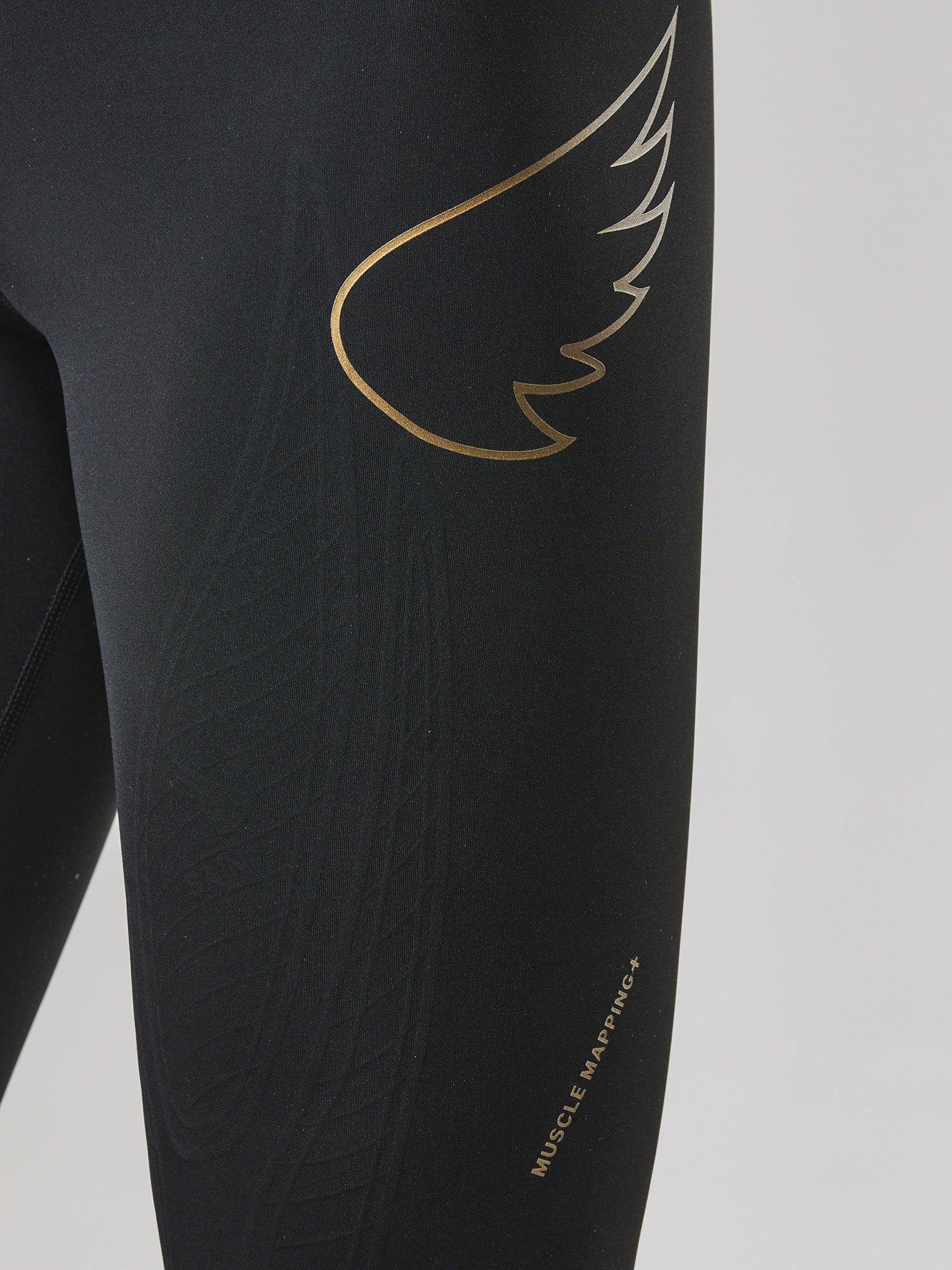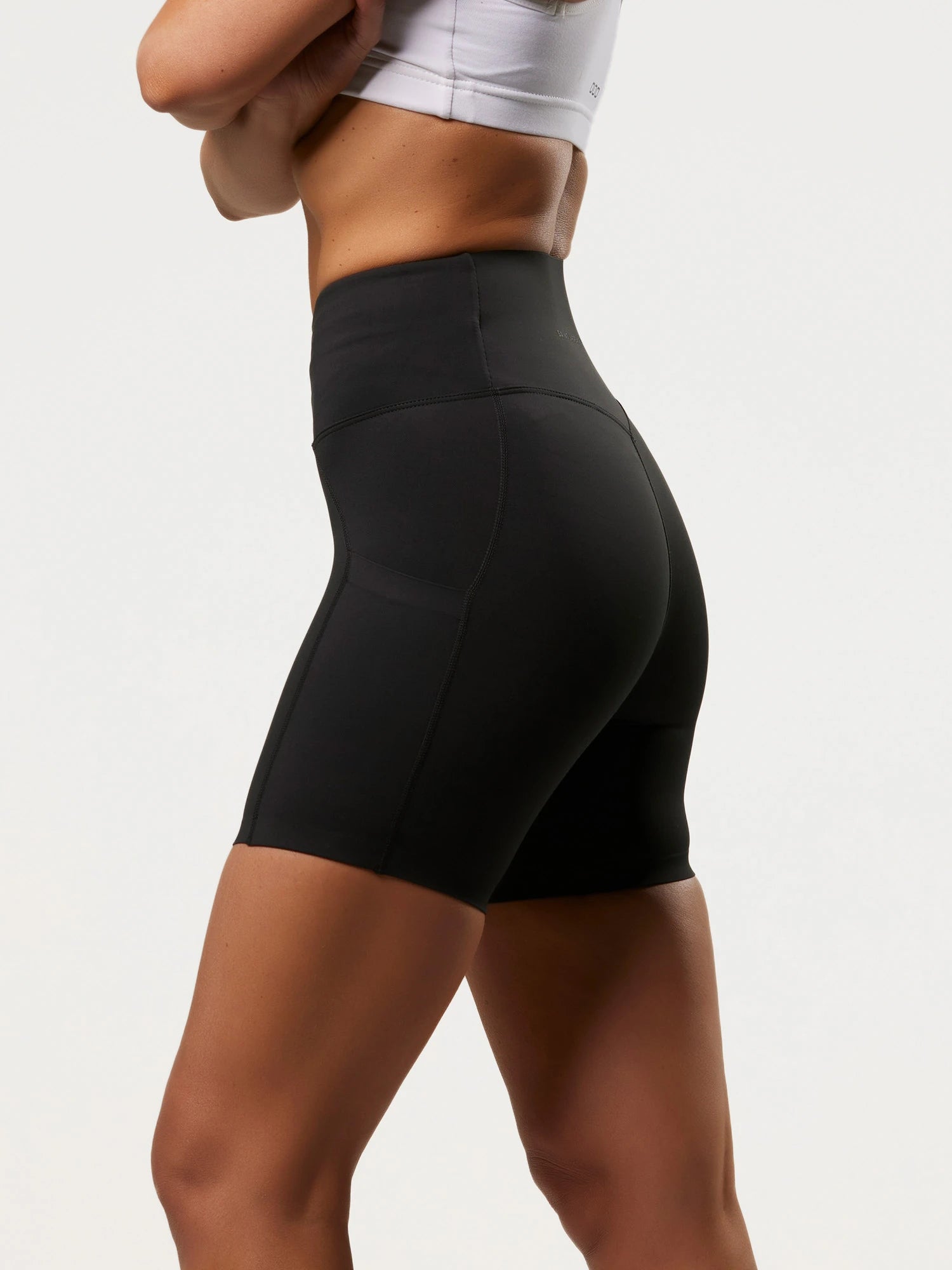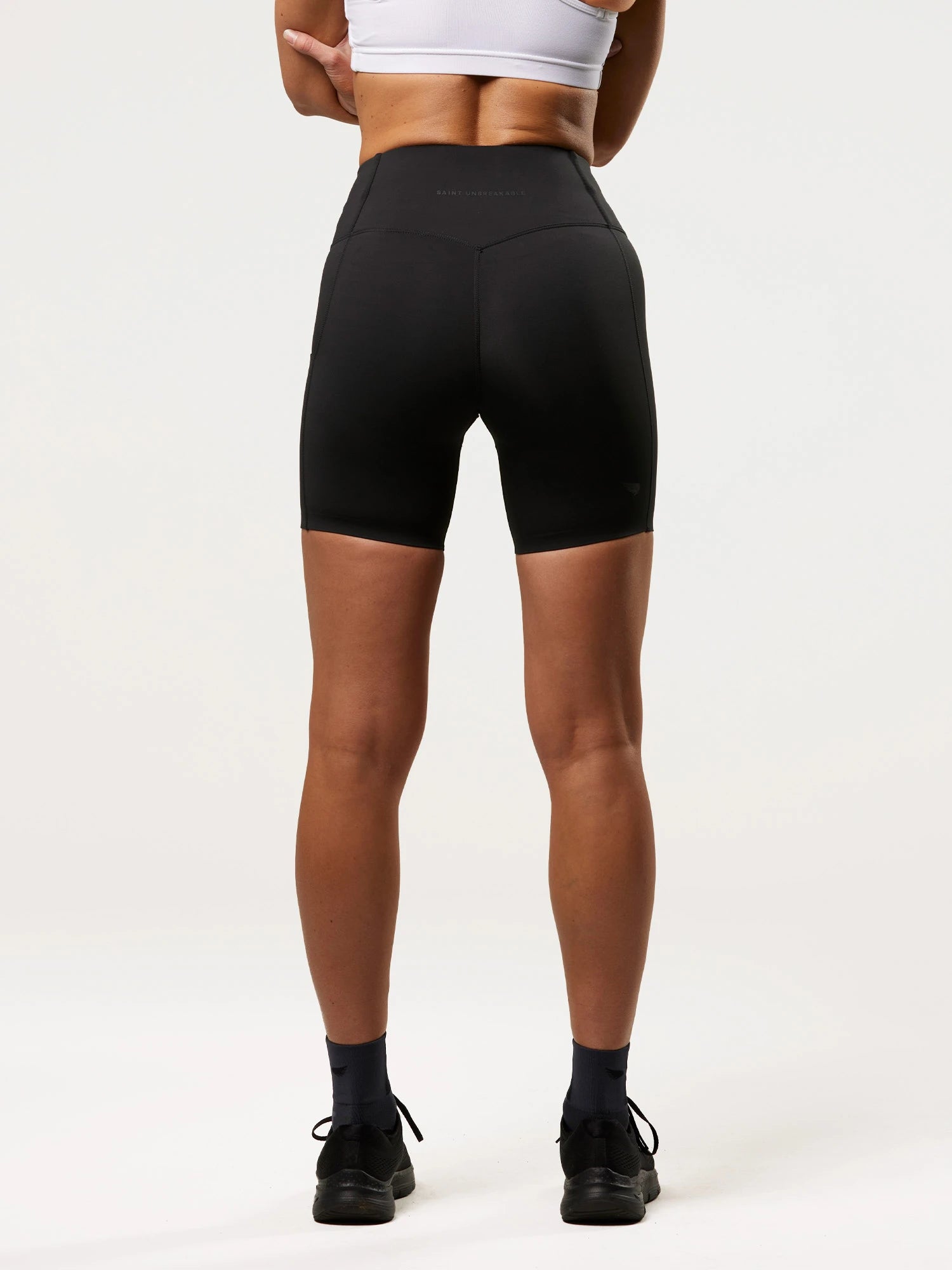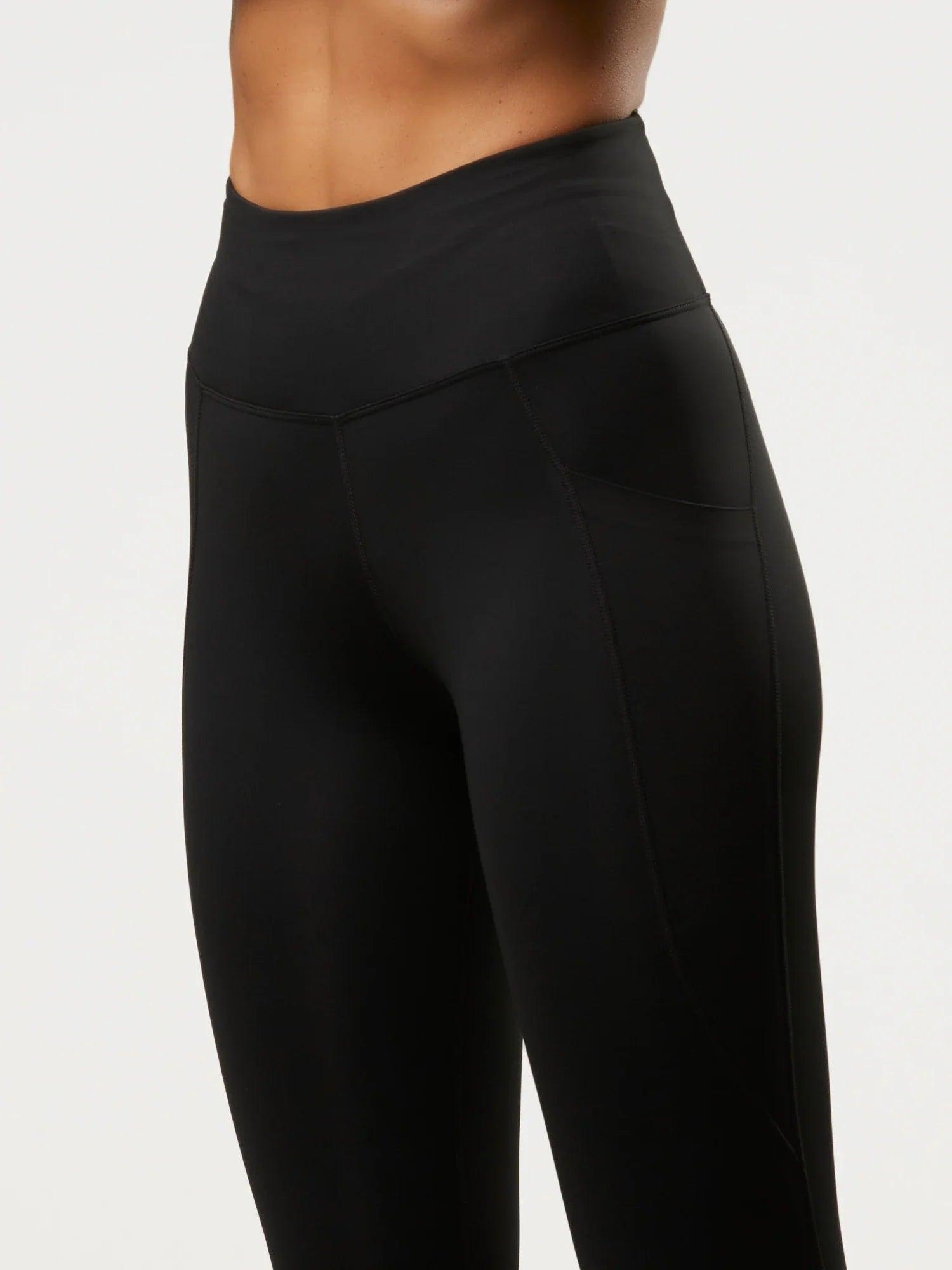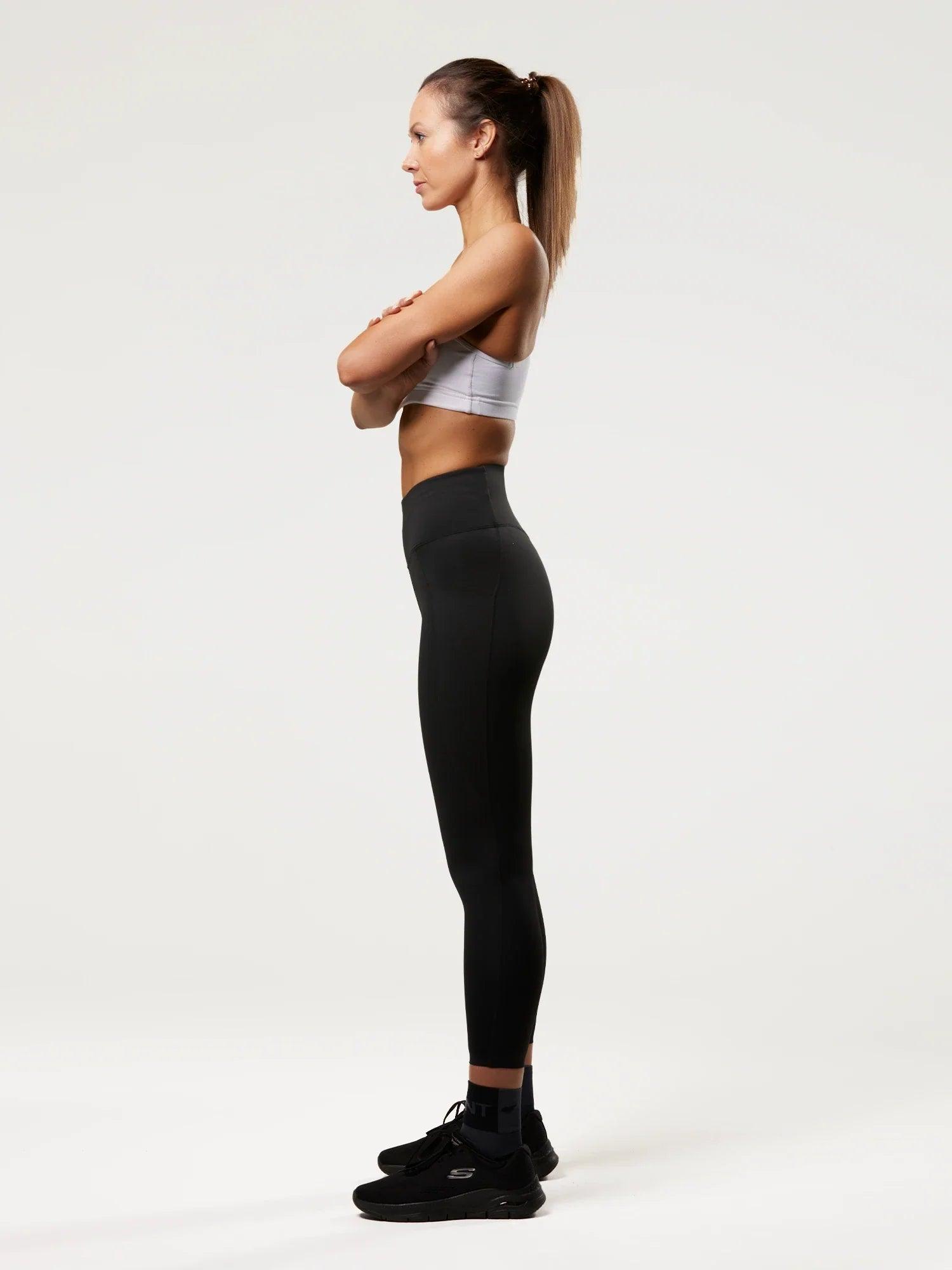Compression Socks & WHy They're Good For Air Travel
Wearing compression socks during long-distance travel can significantly benefit individuals by promoting healthy blood circulation, reducing the risk of blood clots, minimising swelling and discomfort, and supporting overall leg health.
Improved Circulation
When you sit for long periods, especially during travel, blood circulation in your legs can be compromised.
This can lead to blood pooling in the veins, potentially increasing the risk of blood clots, particularly DVT. Compression socks work by applying graduated pressure to the legs, with the highest pressure at the ankles gradually decreasing as it moves up the leg.
This helps to facilitate the return of blood to the heart by enhancing the efficiency of venous return, thus reducing the likelihood of blood pooling and clot formation.
Reduced Swelling
Prolonged sitting during travel can cause fluid retention and swelling in the legs, ankles, and feet.
Compression socks exert external pressure on the tissues, aiding in fluid movement and preventing excessive swelling. By compressing the tissue, compression socks encourage fluids to move back into the bloodstream and lymphatic system, reducing oedema (swelling).
Prevention of Deep Vein Thrombosis (DVT)
Long periods of sitting or standing can lead to leg fatigue, aches, and discomfort.
Compression socks provide support to the muscles and tissues in the legs, reducing muscle vibration and fatigue. Additionally, the compression can help alleviate discomfort by reducing swelling and improving circulation, thus enhancing overall comfort during travel.
Management of Varicose Veins
Varicose veins are enlarged, twisted veins that often result from weakened vein walls and valves.
Compression socks provide external support to the veins, helping to reduce the diameter of the vessels and improve venous return. This can alleviate symptoms associated with varicose veins, such as pain, swelling, and heaviness.
Support for Lymphatic Drainage
Compression socks can assist in lymphatic drainage, which is crucial for removing waste products and excess fluid from the tissues.
By applying external pressure to the limbs, compression socks promote the movement of lymphatic fluid, helping to reduce the risk of lymphoedema and manage existing lymphatic issues.
Temperature Regulation and Moisture Management
SA1NT Layers compression socks are designed with materials that help regulate temperature and wick moisture away from the skin.
This can help keep the legs cool, dry, and comfortable during travel, reducing the risk of skin irritation and promoting overall skin health.
Conclusions
Overall, wearing compression socks during long-distance travel offers a range of medical benefits, including improved circulation, reduced swelling, prevention of DVT, alleviation of leg fatigue, support for varicose veins and lymphatic drainage, and temperature regulation.
These benefits contribute to overall leg health and comfort during extended periods of immobility.
However, it's essential to choose the right compression level and consult with a healthcare professional if you have pre-existing medical conditions or concerns about using compression socks.









